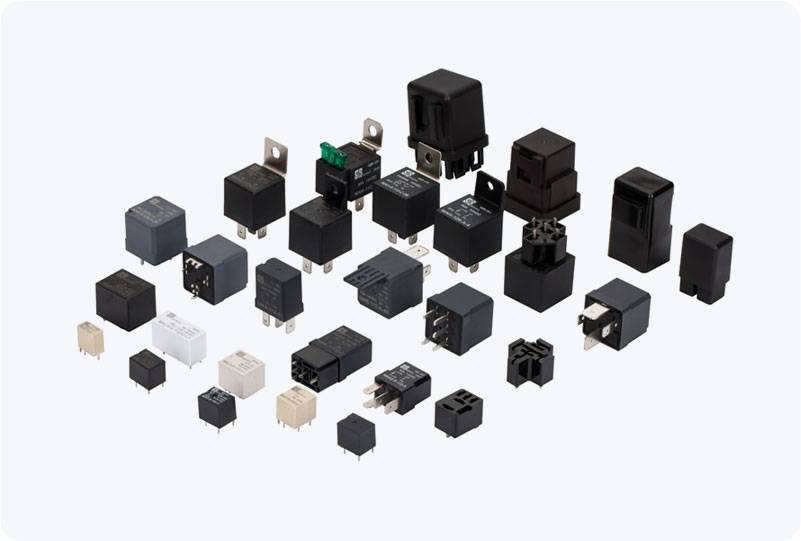In the realm of industrial automation, safety is of utmost importance. Every day, factory workers interact with heavy machinery and complex systems that can pose significant risks if not properly managed. To mitigate these risks, safety devices are implemented, and one such device is the Safety Relay. A Safety Relay is an essential component in the design of safety circuits, and it plays a critical role in ensuring the safety of both workers and equipment in automated environments. This article explores the functions, features, and benefits of Safety Relays, highlighting their importance in enhancing industrial safety standards.

What is a Safety Relay? A Safety Relay is an electrical device used to control and monitor safety functions in industrial systems. It typically monitors the status of safety devices such as emergency stop buttons, light curtains, safety doors, and other critical sensors. The Safety Relay’s primary purpose is to ensure that in the event of a safety hazard, such as the activation of an emergency stop, the system will promptly disengage, preventing any potential harm to workers or damage to machinery. Unlike regular relays, Safety Relays are specifically designed to meet higher safety standards and are built to guarantee reliability under extreme conditions. They are often found in applications where there is a significant risk to human life or the equipment, such as in manufacturing plants, robotics, and other automated production environments.